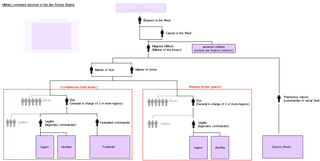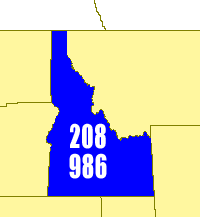Non-avian theropods
| Name | Age | Location | Description |
|---|---|---|---|
| Pliensbachian | Up to 1350 tracks, most of them currently undescribed. Includes small, medium and large theropods. [2] | ||
Description | |||
Description | |||
Description | |||
Description | |||
Description | |||
Description | |||
| Description | |||
Description | |||
Description | |||
Description | |||
Description | |||
Description | |||
Description | |||
Description | |||
Description | |||
Description | |||
Description | |||
An isolated, 14 cm long tridactyl footprint of a coelophysoid theropod dinosaur, late Triassic age. | |||
Description | |||
Description | |||
Description | |||
Description | |||
Description | |||
Description | |||
| Time | Description | ||
Description | |||
Description | |||
Description | |||
Callovian [30] | Description | ||
Description | |||
Description | |||
Description | |||
Description | |||
Description | |||
Description | |||
Description | |||
| Description | |||
Description | |||
| Description | ||
Description | |||
Description | |||
Description | |||
Description | |||
| Early Jurassic | Tracks of Prosauropoda indet., Theropoda indet., Tetrapodium elmenhorsti , Saurichnium anserinum , S. damarense, S. parallelum & S. tetractis in an aeolian environment | ||
Description | |||
Description | |||
Middle Norian [48] | Description | ||
Description | |||
Description | |||
Description | |||
Description | |||
Description | |||
Description | |||
| Description | |||
Description | |||
Description | |||
Description | |||
Description | |||
Description | |||
Late Berriasian to Valanginian [60] | Description | ||
Description | |||
Description | |||
Description | |||
Early Maastrichtian [63] | Description | ||
Description | |||
Description | |||
Description | |||
Description | |||
Description | |||
Description | |||
Description | |||
Description | |||
Description | |||
| Description | ||
Sinemurian to Pliensbachian | Description | ||
Description | |||
| Description | |||
Description | |||
Description | |||
Description | |||
Description | |||
Late Maastrichtian [76] | Description | ||
Description | |||
Description | |||
Description | |||
Description | |||
Description | |||
Description | |||
Description | |||
Description | |||
Description | |||
Description | |||
Description | |||
Description | |||
Description | |||
Description | |||
Description | |||
Description | |||
| Time | Description | ||
Description | |||
Description | |||
Pliensbachian to Toarcian [86] | Description | ||
Early Maastrichtian [87] | - has a few alternate spellings | ||
Description | |||
Description | |||
Description | |||
Description | |||
Description | |||
Description | |||
Description | |||
Description | |||
Description | |||
Description | |||
Carnian [91] | Description | ||
Pliensbachian to Toarcian [92] | Description | ||
Description | |||
| Description | |||
Description | |||
Description | |||
Description | |||
Description | |||
Description | |||
Description | |||
Description | |||
Description | |||
Description | |||
Description | |||
Description | |||
Description | |||
Description | |||
Description | |||
Description | |||
Description | |||
Description | |||
Description | |||
Description | |||
Description | |||
Description | |||
Middle Norian [102] | Description | ||
Description | |||
Description | |||
Description | |||
Description | |||
Description | |||
Description | |||
Description | |||
Description | |||
Description | |||
Description | |||
Description | |||
Description | |||
Description | |||
Description | |||
| Description | |||
Description | |||
Cenomanian [106] | |||
Description | |||
Description | |||
Description | |||
Description | |||


